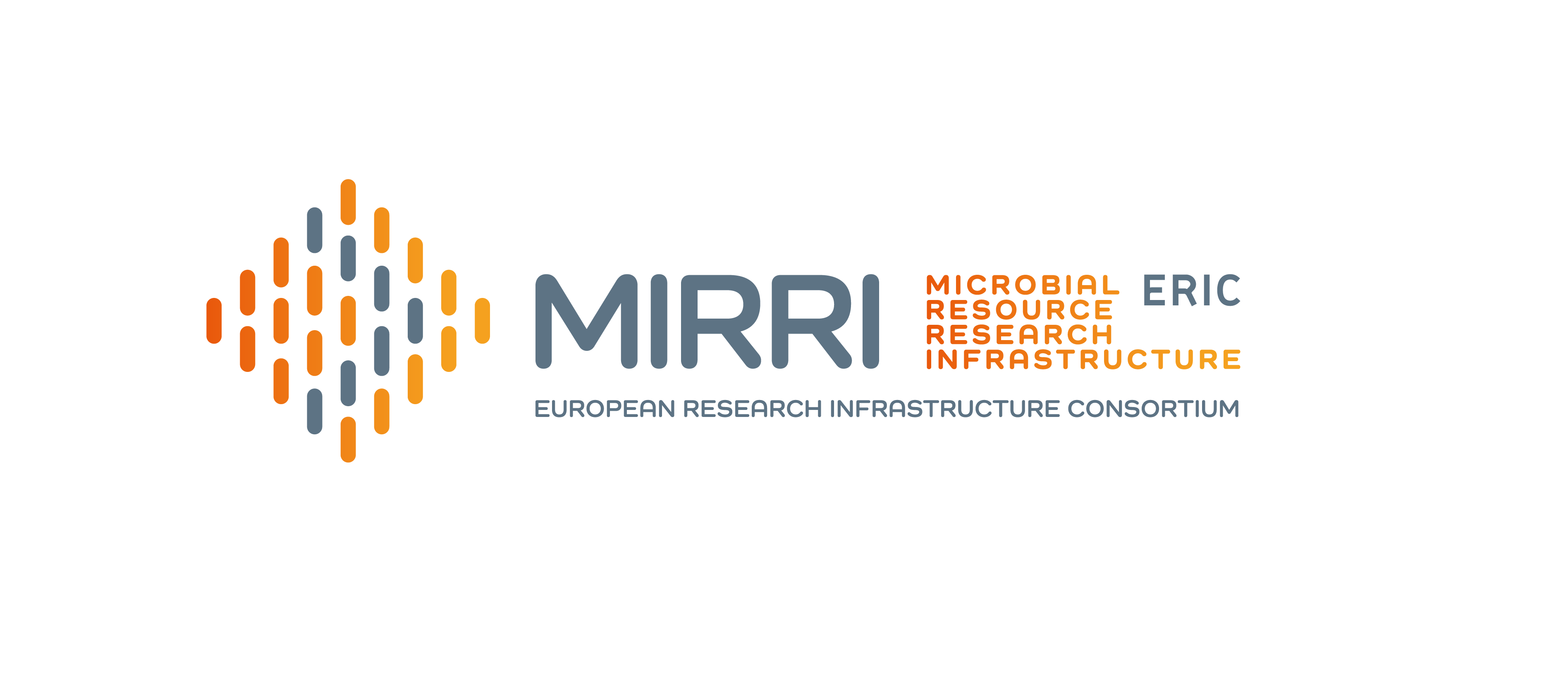
Bilateral meeting joins MIRRI-ERIC and Estonian Microbial Culture Collections
The Latvian Node of MIRRI-ERIC organised a bilateral meeting with the Estonian Microbial Culture Collections, aiming at exchanging experiences and working on future synergies between the parties.
Originally established by five member states, MIRRI-ERIC has since grown into a consortium of seven member states and one observer country. As a relatively young research infrastructure consortium, MIRRI-ERIC prioritises widening participation. To date, Eastern and Northern Europe remain underrepresented within the consortium, with Latvia — one of its founding members — being the primary representative from the region.
To strengthen regional collaboration and raise awareness among microbial culture collections about the benefits of joining MIRRI-ERIC, a bilateral meeting between MIRRI-ERIC and Estonia was held in Riga, Latvia, on 4 June 2025. Three Estonian Microbial Resource Centres (mBRCs) were present in Riga to join an exchange session with MIRRI-ERIC National Coordinators Forum representatives.
Participation of a Ministry of the Republic of Latvia
The event was opened by PhD Edvards Francis Kuks, Head of the RIS3 Unit at the Ministry of Education and Science of the Republic of Latvia. He highlighted the critical role of microbial resources in scientific advancement and innovation, and commended MIRRI-ERIC’s work in preserving and making these resources accessible.
The meeting continued with presentations from MIRRI-ERIC representatives. Professor Cristina Varese, National Coordinator of the Italian Node, shared insights from Italy’s experience of joining MIRRI-ERIC. Professor Nelson Lima, Coordinator of the Portuguese Node, provided a historical overview of MIRRI-ERIC’s establishment and its future development priorities. Latvia’s National Node Coordinator, Māris Seņkovs, also shared the Latvian perspective on participation in the consortium.
In the second part of the meeting, representatives of Estonian microbial culture collections introduced their work. PhD Triin Varvas presented the Tartu Fungal Culture Collection, which includes several sub-collections and holds over 3,500 fungal and more than 500 bacterial strains, mainly environmental isolates. This resource is jointly managed by institutions such as the University of Tartu Natural History Museum and the Estonian University of Life Sciences.
Several Estonian resources
Another Estonian collection, the Human Microbiota Biobank, was represented by Professor Reet Mändar, Professor Tiiu Roop, and PhD Jelena Štšepetova from the Department of Microbiology at the University of Tartu’s Institute of Biomedicine and Translational Medicine. This unique biobank houses over 20,000 human-derived microbial strains and more than 3,000 microbiota samples.
Marliin Koolmeister introduced a microbial resource collection held by the Public Health Laboratory of the Estonian Health Board, which includes clinically significant strains isolated from human samples. The event concluded with a public lecture by Professor Dārta Kļaviņa, leading researcher at the Latvian State Forest Research Institute “Silava”, a partner of the Latvian National Node. She presented a unique collection of wood pathogens and their antagonists, maintained at Silava.
Overall, the meeting not only showcased the work of microbial collections in MIRRI-ERIC member countries and Estonia but also provided a valuable platform for knowledge exchange and outlined opportunities for future collaboration.




